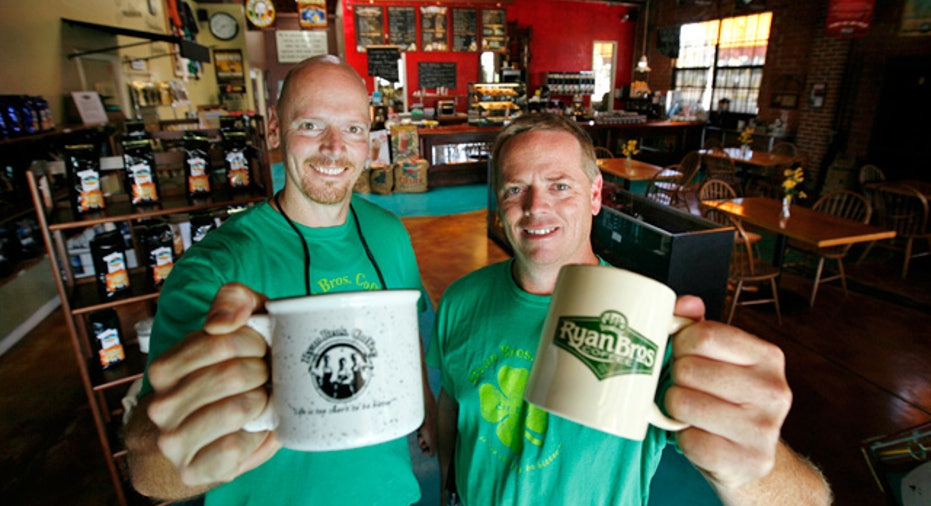How to Open A Specialty Restaurant

One of the tricks to opening a successful restaurant is finding a niche market. While serving dishes made entirely with organic, local and/or vegetarian ingredients isn't anything new, it may still give you the edge you need to draw a steady stream of customers to your café or restaurant. Think it through Perhaps you are an enthusiastic vegetarian or vegan and want to show people that food that fits into your diet can be just as delicious as the standard restaurant fare. Maybe you have always wanted to open a place with a menu that consists of locally grown food. Whatever your motivation, opening a specialty café or restaurant is like starting any other kind of new business: risky. There is never a guarantee that your restaurant will take off.
Have a well-organized plan and give each step of the process the time and attention it merits. Rushing and not thinking things through so you can open your doors early may be your downfall. You should hire people who have the same enthusiasm and understanding of the type of food you are serving, or are willing to learn about it. Make sure your cooks and servers understand the difference between vegetarian and vegan if applicable.
If you plan to open a specialty restaurant that uses only local or organic ingredients, you should come to terms with the fact that your start-up costs are going to be higher than those of a typical restaurant. You also need to plan for price fluctuations as ingredients transition in and out of season and the market for specialty ingredients grows and changes.
Kirstin Carey, who owns Scottsdale, Ariz.-based restaurant Nourish, warns those who want to open their own eatery to treat it like a business, rather than just a restaurant.
"Of all the businesses I've owned or been part of, the food industry has to be the easiest one to fail in," she says. "I think it's because many restauranteurs are just so excited about their food or the concept that they don't stop to really run the numbers."
Pick the right spot Location is key. Both customers and produce need to be able to easily arrive at your restaurant. Once the wheels start turning and your dream of opening a restaurant begins to look like it will actually take shape, research and obtain the proper health and safety certification. When you build or select your location, make sure the kitchen is up to code.
Plan the menu Once you have narrowed down your specialty, you can start planning your menu accordingly. Decide how extensive you want it to be, and embrace the idea of a revolving menu. This gives you the chance to keep competitive prices if certain ingredients skyrocket in cost.
If you advertise your new business as a certain kind of place, you need to make sure you live up to that. Double check ingredients for hidden non-vegan or non-vegetarian items. For example, gelatin is not vegetarian because it is made from animals.
Know what goes into each dish in case someone expresses allergy concerns. Clearly indicate on the menu which dishes meet which dietary guidelines. A little "v" may be helpful on the menu for customers. Know your customers Scope out the local competition. Know what they offer, their prices and what kind of customers they cater to. Don't shun meat eaters or make them feel uncomfortable if you only serve vegetarian cuisine - your dishes should still appeal to carnivores. Perhaps you can try out your own specialty version of local foods. The success of vegan or vegetarian restaurants hinges partially on the presentation and taste of the food. If you are going for the local or organic approach, make sure the quality of your produce remains consistent.